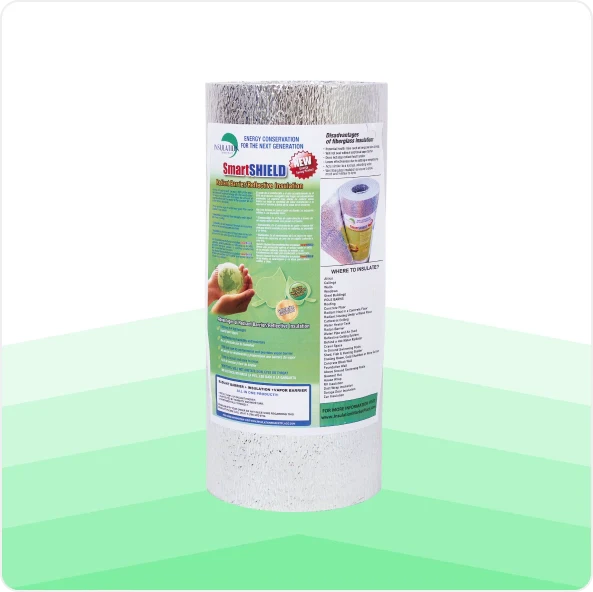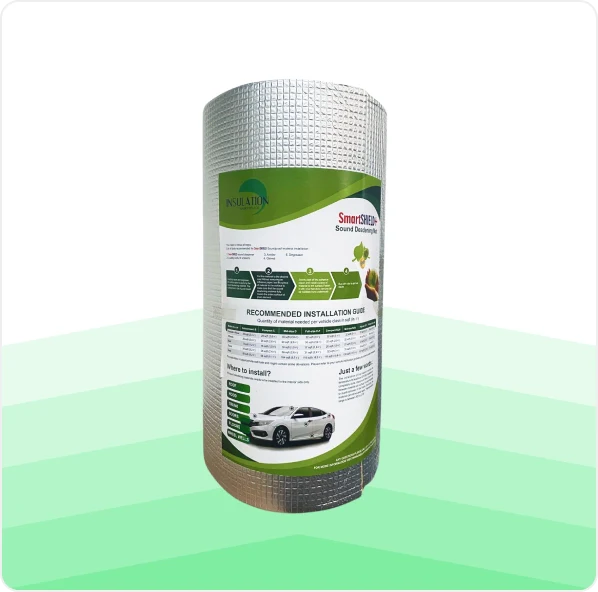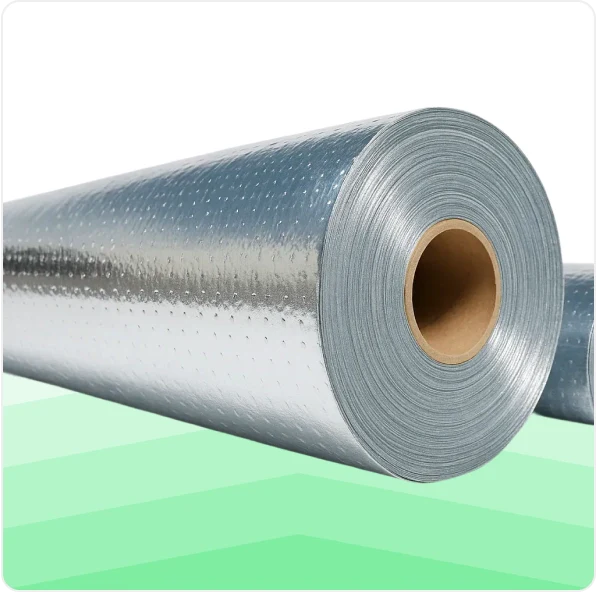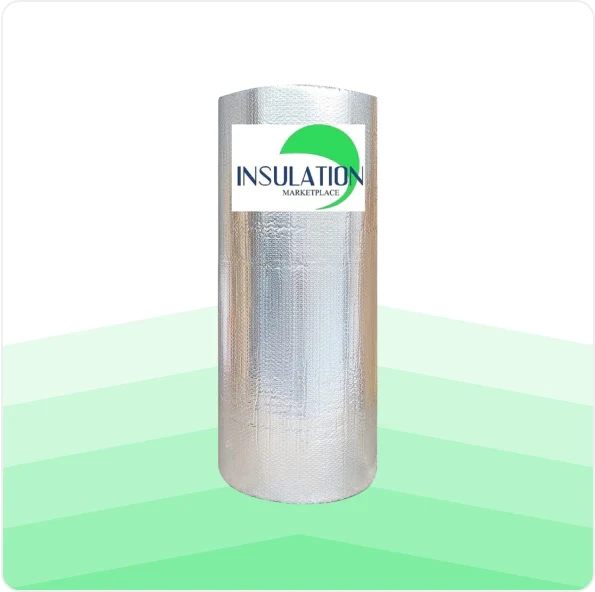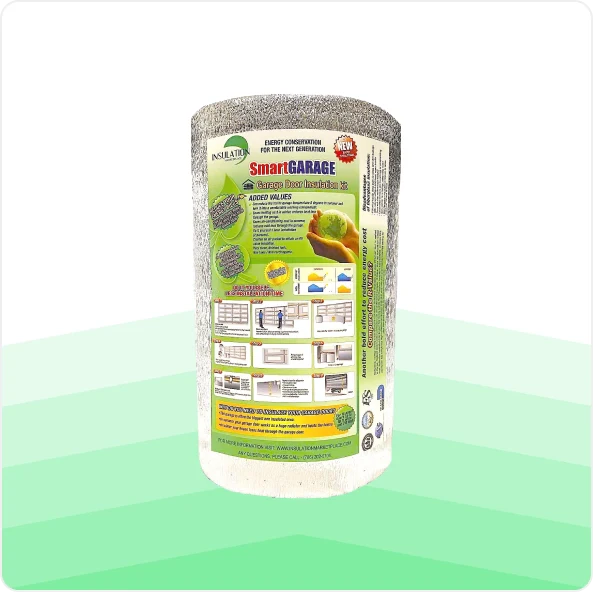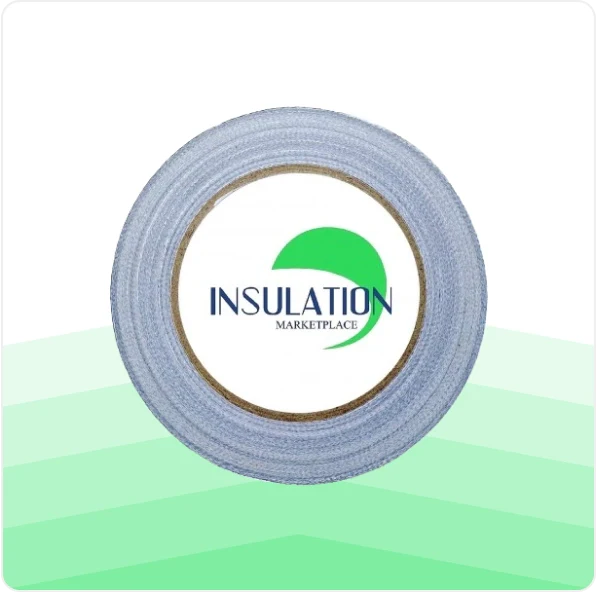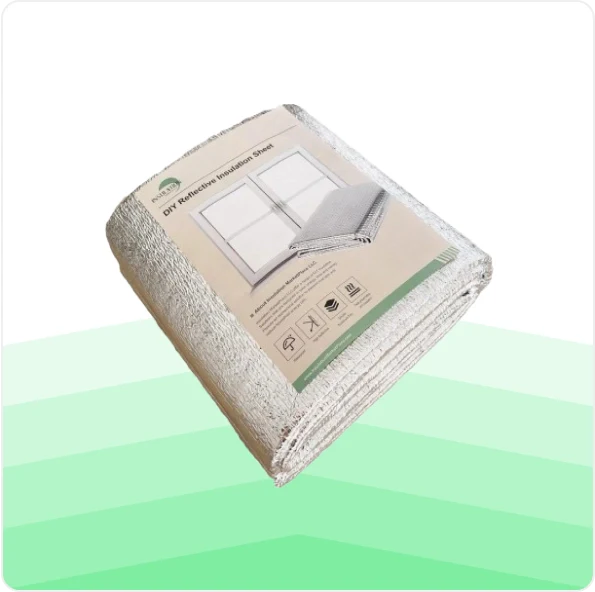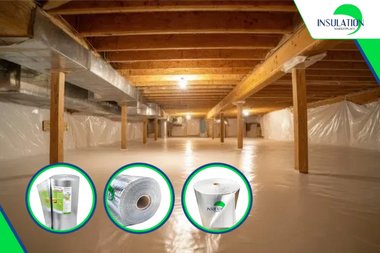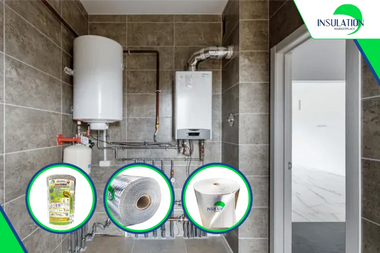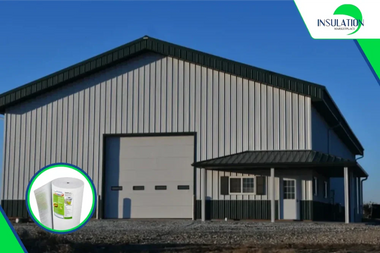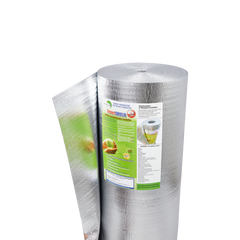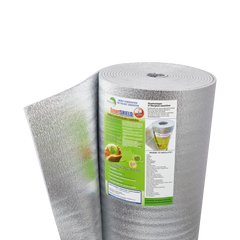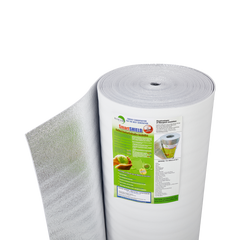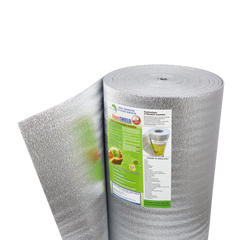Struggling to insulate your ceiling without an attic? You're not alone! Without attic space, maintaining a comfortable indoor temperature can be tricky. But don’t worry, there are practical solutions. By adding insulation directly to your ceiling, you can keep your home warmer in winter and cooler in summer.
Whatever type of insulation material you choose, the key is proper installation and sealing gaps to prevent heat loss. In this guide, we’ll take you through simple steps to know how to insulate a ceiling without attic, making your home cozier and reducing unwanted drafts.
Can You Insulate a Ceiling Without Attic?
Yes, you can definitely insulate a ceiling without an attic. One of the best methods is installing insulation from below. Do this by adding insulation directly to the ceiling surface or placing it between ceiling joists. Some great options to consider are foam core reflective, XPE foam, radiant barrier, and bubble insulation.
If everything is sealed properly, you can stop air leaks and get the best results. In both winter and summer, your home will become more comfortable and the cost of heating and cooling also be reduced.
How to Insulate a Ceiling Without Attic?
Follow these six simple steps to effectively insulate your ceiling without an attic:
Step 1: Set Up Your Workspace
Clear the area beneath the ceiling to allow easy access. Cover furniture and floors with protective sheets. For safety, you should wear goggles, gloves, a dust mask, and a long-sleeved shirt.

Step 2: Measure the Roof Joists
Measure the length, width, and depth between ceiling joists using tape. Standard spacing is usually 16 inches (40 cm) or 24 inches (60 cm). Make sure you do it right so that the insulation can fit well into the space.

Step 3: Measure the Insulation Material
Now, measure the insulation that fits between the joists or over the ceiling surface. Ensure the reflective side facing downward to maximize its radiant heat-blocking properties.

Step 4: Choose the Right Insulation Material
For the best results, use high-quality insulation from Insulation MarketPlace. Our premium products are designed for maximum efficiency and easy installation:
- SmartSHIELD - Foam Core Reflective Insulation – This lightweight product is easy to install and blocks radiant heat.
- SmartSHIELD Plus - XPE Foam + Glue – Provides strong insulation and easy adhesive application.
- SmartFOIL - Radiant Barrier – Reflects heat and reduces the changes in temperature.
- SmartBUBBLE - Reflective Bubble Insulation – Provides insulation and vapor barrier protection. Areas that are moisture-prone should use this.

Step 5: Check for Eave Vents
Ensure proper ventilation to prevent moisture buildup. Blocking eave vents can lead to mold and poor air circulation.
If eave vents are present, install ventilation baffles along the roof decking to maintain airflow. Position baffles every 24 inches (60 cm) and staple them securely to the roof.

Step 6: Install the Insulation
- For SmartSHIELD - Foam Core Reflective Insulation: Roll out the insulation and fit it tightly between the joists. Ensure there are no gaps or compressions for the best thermal performance.
- For SmartSHIELD Plus - XPE Foam + Glue: Peel off the adhesive backing and apply it directly to the ceiling or joists. Press firmly to ensure a strong bond.
- For SmartFOIL - Radiant Barrier: Roll out the SmartFOIL and fit it over the ceiling surface. Staple it to secure it in place.
- For SmartBUBBLE - Reflective Bubble Insulation: Unroll the SmartBUBBLE insulation and cut it to size. Apply it directly to the ceiling surface. Ensure it is securely in place.

How to Insulate a Vaulted Ceiling Without Attic
Vaulted ceilings are especially challenging since there’s no attic cavity for traditional insulation. However, reflective insulation makes this project simple and effective.
- Install from below: Apply foam core reflective insulation directly to the ceiling surface.
- Use radiant barriers: Add a radiant barrier layer beneath the ceiling finish to reflect heat back toward the roof.
- Maintain ventilation: If your vaulted ceiling has rafters, leave small air gaps between insulation and roof decking to prevent condensation.
- Best products: SmartSHIELD and SmartFOIL Radiant Barrier are both excellent for vaulted ceilings without attic space.
This approach ensures energy efficiency while keeping your ceiling lightweight and moisture-free.
Technical Tips for Ceiling Insulation Installation
When installing insulation, consider these obstacles to ensure a smooth process and maximum energy efficiency:
- Electrical boxes: Cut insulation precisely around junction boxes to prevent overheating. Use fire-resistant covers for added safety.
- Lighting fixtures: Keep insulation at least 3 inches (7.5 cm) away from non-IC-rated recessed lights. Insulation can be placed directly over IC-rated fixtures.
- Wiring: Avoid compressing insulation around electrical wires, as it can reduce effectiveness. If wires run perpendicular to joists, slit the batt to fit around them rather than placing insulation over them.
- Ceiling fans: Ensure fan mounts remain accessible for maintenance. Do not insulate directly over the support bracket, as it may affect stability.
- Pipes and ducts: Seal gaps with caulk to prevent air leaks. Use foil-faced insulation on metal ducts to reduce heat loss.

Get the Best Insulation for Your Ceiling
In conclusion, insulating your ceiling without an attic is totally possible with the right materials and methods. All the problems will be avoided if details like ventilation and electrical components are solved. Knowing how to insulate a ceiling without an attic will make your home become the most comfortable place. Insulating your ceiling is a smart choice for any home.
For durable, high-performance insulation, explore Insulation MarketPlace and upgrade your home with materials that make a real difference.
FAQs on How to Insulate a Ceiling Without Attic
1. Can I insulate a ceiling from the inside without attic access?
Yes. You can insulate your ceiling from the inside with reflective products like SmartSHIELD, SmartSHIELD Plus, SmartFOIL, or SmartBUBBLE. These solutions are ideal when attic access is limited and you want quick installation.
2. Should I put plastic or a vapor barrier over insulation in the ceiling?
In hot and humid areas, a vapor barrier can help reduce moisture buildup. However, if it’s installed incorrectly, trapped moisture may cause mold or structural issues. Always follow manufacturer guidelines or consult a professional.
3. How can I tell if I need better ceiling insulation?
Signs include uneven room temperatures, rising energy bills, drafts, or noisy ceilings. If your home feels hard to keep cool or warm, upgrading insulation is a smart step.
4. What type of insulation works best for ceilings without attic space?
Reflective insulation such as SmartSHIELD or SmartFOIL radiant barrier works well because it reflects up to 97% of radiant heat. For extra thermal resistance, consider pairing with SmartBUBBLE multi-layer insulation.
5. Can I install ceiling insulation myself?
Yes. Many reflective insulation products are lightweight, easy to cut, and simple to staple or tape into place. DIY insulation kits from Insulation MarketPlace make ceiling projects manageable for homeowners.
6. How thick should insulation be for a ceiling without attic?
It depends on your climate and space. In Florida and other hot-humid regions, focus on radiant barriers and reflective insulation rather than just thickness, since heat gain mainly comes from radiant energy.
7. Does ceiling insulation really lower energy bills?
Yes. According to the U.S. Department of Energy, proper insulation can reduce heating and cooling costs by up to 15%. By adding reflective insulation, you can cut radiant heat transfer and reduce AC strain.
8. What’s the difference between radiant barrier and traditional insulation?
Traditional insulation (like fiberglass) slows conductive heat, while a radiant barrier (like SmartFOIL) reflects radiant energy. In homes without attics, radiant barriers are often more effective at keeping heat out.

